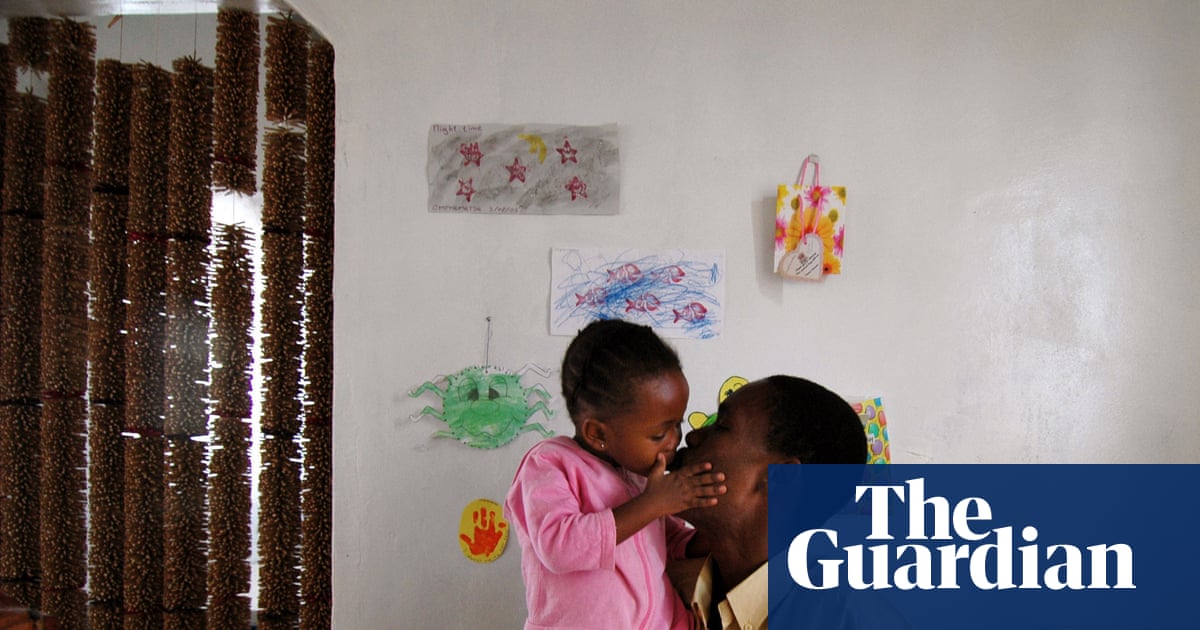
"At the turn of the century, HIV was so rampant in Botswana that politicians and doctors viewed it as an existential threat. One in eight infants were reported to be infected at birth, while rates of mother to child transmission either through pregnancy, childbirth or breastfeeding ranged from between 20 and 40%, according to UNAIDS. Between 1990 and 2000, mortality among children under five almost doubled due to HIV."
"But out of this crisis would emerge one of the world's most successful HIV-elimination programmes. Spearheaded by Mazhani, with backing from Mogae, a series of pioneering interventions were introduced which, over the course of two decades, slashed rates of mother-to-child transmission to just below 1%. Patients wait for antiretroviral medicine in the general hospital of Botswana's capital, Gaborone, in 2005. By then, more than 100,000 people had died from Aids."
At the turn of the century, HIV prevalence in Botswana was among the world's highest, with one in eight infants infected at birth and mother-to-child transmission rates of 20–40%. Between 1990 and 2000, under-five mortality almost doubled because of HIV. In 2001 President Festus Mogae declared, 'We are threatened with extinction.' A program led by Loeto Mazhani, supported by presidential backing, introduced pioneering interventions over two decades that reduced mother-to-child transmission to below 1%. More than 100,000 people had died by 2005. Botswana became the first high-burden country to earn WHO Gold Tier status for eliminating vertical HIV transmission.
Read at www.theguardian.com
Unable to calculate read time
Collection
[
|
...
]